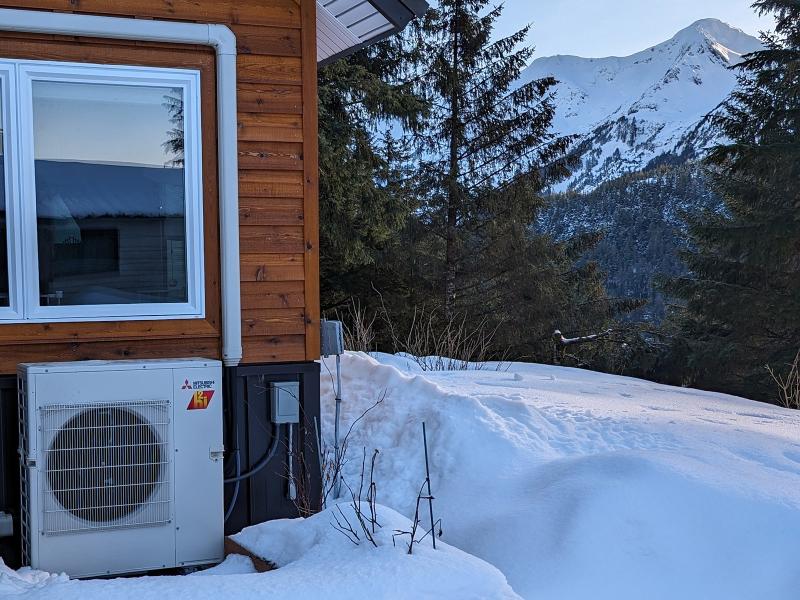
Building-Grid
Integration
Building-Grid
Integration
Connecting buildings
and the power grid
Connecting buildings
and the power grid
Researchers at PNNL are using a new method, known as Intelligent Load Control, to rein in a building’s energy demand. On the PNNL campus, the algorithm has been deployed to control energy-related devices, such as lighting. Devices respond to optimize energy use in real time and reduce peak electricity loads, while ensuring occupant comfort.
Andrea Starr | Pacific Northwest National Laboratory
PNNL’s longstanding leadership in transactive energy provides the foundation for today’s vision for building-grid integration.
In this vision, future buildings and homes routinely “talk” with the power grid and other energy sources, seamlessly coordinating energy supply and demand. The result? Energy and cost savings, a more stable grid, and improved use of renewable energy—all of which benefit consumers, the environment, and the nation’s energy and economic security.
In partnership with the U.S. Department of Energy’s Building Technologies Office, PNNL researchers are advancing transactive energy and associated building-grid technology development in these key areas:
- control systems to manage building and home operations
- data analytics and modeling
- interoperability and connected equipment
- energy storage
- grid and building cybersecurity.

